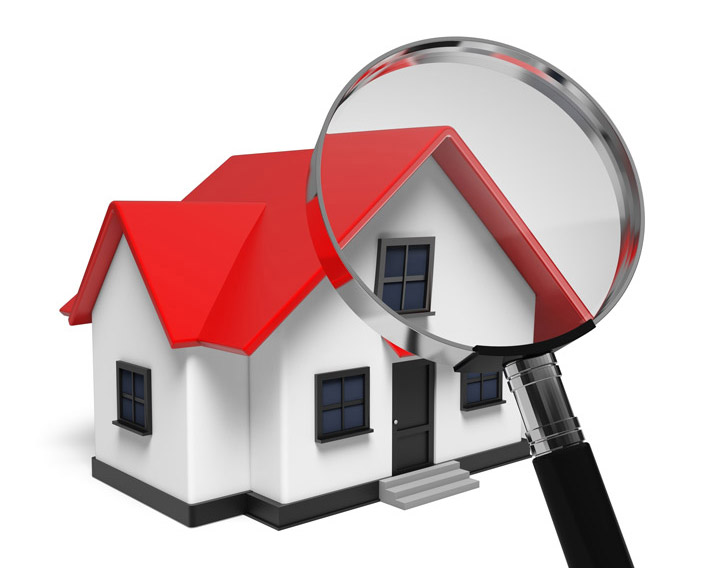
What Goes Into an Appraisal?Getting a home is the most serious transaction some people might ever make. Whether it's a main residence, a seasonal vacation property or a rental fixer upper, purchasing real property is a detailed transaction that requires multiple people working in concert to pull it all off. It's likely you are familiar with the parties taking part in the transaction. The most familiar face in the exchange is the real estate agent. Next, the mortgage company provides the financial capital needed to bankroll the transaction. And ensuring all details of the exchange are completed and that a clear title transfers to the buyer from the seller is the title company. So, who's responsible for making sure the property is worth the amount being paid? This is where the appraiser comes in. We provide an unbiased estimate of what a buyer might expect to pay — or a seller receive — for a property, where both buyer and seller are informed parties. A licensed, certified, professional appraiser from Sunset Appraisals will ensure, you as an interested party, are informed. Appraisals start with the property inspectionOur first task at Sunset Appraisals is to inspect the property to ascertain its true status. We must physically see features, such as the number of bedrooms and bathrooms, the location, and so on, to ensure they indeed are present and are in the shape a typical buyer would expect them to be. To make sure the stated size of the property is accurate and convey the layout of the house, the inspection often entails creating a sketch of the floorplan. Most importantly, we identify any obvious features - or defects - that would have an impact on the value of the property. Once the site has been inspected, we use two or three approaches to determining the value of real property: sales comparison and, in the case of a rental property, an income approach. 
Replacement CostHere, the appraiser pulls information on local building costs, the cost of labor and other factors to ascertain how much it would cost to construct a property comparable to the one being appraised. This figure commonly sets the upper limit on what a property would sell for. The cost approach is also the least used predictor of value. 
Paired Sales AnalysisAppraisers are intimately familiar with the subdivisions in which they appraise. They thoroughly understand the value of specific features to the homeowners of that area. Then, the appraiser looks up recent sales in close proximity to the subject and finds properties which are 'comparable' to the property at hand. By assigning a dollar value to certain items such as square footage, additional bathrooms, hardwood floors, fireplaces or view lots (just to name a few), we add or subtract from each comparable's sales price so that they more accurately portray the features of subject property.
Once all necessary adjustments have been made, the appraiser reconciles the adjusted sales prices of all the comps and then derives an opinion of what the subject could sell for. When it comes to valuing features of homes in Discovery Bay and Contra Costa, Sunset Appraisals can't be beat. This approach to value is typically given the most consideration when an appraisal is for a real estate exchange. Valuation Using the Income ApproachA third way of valuing real estate is sometimes used when an area has a measurable number of rental properties. In this case, the amount of revenue the real estate yields is taken into consideration along with other rents in the area for comparable properties to give an indicator of the current value. The Bottom LineAnalyzing the data from all applicable approaches, the appraiser is then ready to state an estimated market value for the property at hand. Note: While the appraised value is probably the most accurate indication of what a property is worth, it probably will not be the price at which the property closes. Depending on the specific situations of the buyer or seller, their level of urgency or a buyer's desire for that exact property, the closing price of a home can always be driven up or down.But the appraised value is typically employed as a guideline for lenders who don't want to loan a buyer more money than the property is actually worth. Here's what it all boils down to, an appraiser from Sunset Appraisals will help you discover the most fair and balanced property value, so you can make profitable real estate decisions. |